Political Law at Iran
The political law of Iran operates within a unique political and legal system that combines elements of Islamic law (Sharia) with a theocratic structure, as well as some characteristics of a republican system. This hybrid structure is a product of the 1979 Islamic Revolution, which overthrew the monarchy and established the Islamic Republic of Iran under the leadership of Ayatollah Khomeini. Iran’s political law is distinct for its blend of religious authority and elected institutions.
Here’s an overview of the political law in Iran:
1. Political Status and Constitutional Framework
Constitution of the Islamic Republic of Iran: Iran operates under the Constitution adopted in 1979, with some amendments in 1989. The Constitution sets forth the political structure of the country and outlines the roles of religious authorities, elected officials, and institutions.
Islamic Republic: The Constitution declares Iran an Islamic Republic, blending the principles of Islamic governance with elements of popular sovereignty. Iran is officially governed by Islamic principles, with the ultimate authority resting in the hands of religious leaders.
Guardianship of the Islamic Jurist (Wilayat al-Faqih): The system of governance in Iran is based on the doctrine of Wilayat al-Faqih, which grants political and religious leadership to the Supreme Leader. This is one of the defining features of the political system, positioning the Supreme Leader as the highest authority in the country, above the President and the Parliament (Majles).
2. Theocratic and Republican System
Iran has a dual system of governance that merges elements of theocracy and republicanism. The political system features both elected officials and religious leaders who exercise power in tandem.
Supreme Leader:
The Supreme Leader (Rahbar) is the highest authority in Iran and holds ultimate control over the government, military, and judiciary. The role of Supreme Leader is based on the principle of Wilayat al-Faqih, where the leader is a top Islamic jurist who is responsible for overseeing the general direction of the country according to Islamic principles.
The Supreme Leader appoints the head of the judiciary, the commander-in-chief of the armed forces, the heads of state-run media, and several other key officials. The Supreme Leader also has a significant influence over foreign policy, security, and the political climate in the country.
The current Supreme Leader is Ayatollah Ali Khamenei, who has held the position since 1989.
President:
The President of Iran is the second highest official after the Supreme Leader. The President is elected by the people through direct elections for a four-year term, with a maximum of two consecutive terms. The President manages the day-to-day affairs of the government, including overseeing the economy, administration, and internal affairs.
However, the President's powers are constrained by the authority of the Supreme Leader, who holds significant control over the most important matters, such as defense, security, and foreign policy.
The President's responsibilities include proposing legislation to the Majles (Parliament), managing government policy, and overseeing the executive branch. The President, while an important figure in the government, is subordinate to the Supreme Leader.
The Assembly of Experts:
The Assembly of Experts is an elected body of 88 members responsible for electing and supervising the Supreme Leader. The members of the Assembly are chosen every eight years through popular elections.
This body has the theoretical power to remove the Supreme Leader if deemed necessary, but this has never occurred. In practice, the Assembly’s role has been more symbolic, with the Supreme Leader's authority largely uncontested.
The Assembly also has a role in reviewing candidates for positions of high office, including the President and members of the Guardian Council.
Guardian Council:
The Guardian Council is a key body in Iran’s political structure. It has 12 members: six are appointed by the Supreme Leader, and six are elected by the Majles, but their appointment must be approved by the Supreme Leader.
The Guardian Council is responsible for ensuring that legislation passed by the Majles conforms to Islamic law (Sharia) and the Constitution. It also has a key role in overseeing elections, including vetting candidates for the Presidency, Parliament, and the Assembly of Experts.
The Guardian Council has a powerful role in shaping political life, as it can disqualify candidates from running in elections based on its interpretation of religious and constitutional principles.
3. Legislative Branch (Majles)
Islamic Consultative Assembly (Majles): Iran’s legislature is a unicameral body, known as the Majles (also called the Islamic Consultative Assembly). It consists of 290 members, who are elected directly by the people for four-year terms.
The Majles has the power to propose, debate, and pass legislation, particularly in domestic matters like the budget, economic policy, social welfare, and infrastructure.
However, the Guardian Council must approve all legislation, ensuring that it aligns with Islamic principles. The Supreme Leader and the Guardian Council have the final say on many key political decisions, which limits the legislative powers of the Majles.
The Majles can impeach the President and other high-ranking officials, though such actions are rare.
4. Judiciary and Legal System
The Judiciary in Iran is primarily based on Sharia law (Islamic law), with judges required to have expertise in Islamic jurisprudence. Iran’s legal system has both Islamic and civil law components.
The Supreme Leader appoints the head of the judiciary, who is responsible for overseeing the entire judicial system. The judiciary has substantial power and often operates under the supervision of religious authorities.
Courts in Iran include:
Revolutionary Courts: These courts have the power to hear cases related to national security and political crimes. These courts are known for trying individuals accused of crimes against the state, dissent, and corruption.
Civil Courts: These courts handle civil matters, including family law, contracts, and property disputes.
Special Clerical Court: A court that handles cases involving members of the clergy and other religious officials.
5. Political Parties and Elections
Political Parties: Iran operates a multi-party system; however, political parties must align with Islamic principles, and the government often limits opposition parties, particularly those advocating for secularism or views contrary to the values of the Islamic Republic. Many parties form around ideological or reformist lines within the bounds of the political system.
Elections:
Iran holds presidential elections and parliamentary elections at regular intervals. Although elections are conducted by universal suffrage, the Guardian Council and the Supreme Leader play a significant role in determining which candidates can run for office. The Guardian Council can disqualify candidates they deem unfit based on their interpretation of Islamic law and loyalty to the Islamic Republic.
The Supreme Leader does not run for election, as his position is not elected by the people. Instead, he is chosen by the Assembly of Experts, a body of clerics elected by the people, but ultimately appointed by religious authorities.
The Assembly of Experts, Majles, and President elections are the primary forms of popular participation in Iran’s political system.
6. Human Rights and Constitutional Protections
Human Rights: Iran’s Constitution guarantees certain rights, including the right to privacy, freedom of expression, and religious freedom. However, in practice, many of these rights are restricted, particularly for women, minorities, and those opposing the government.
Freedom of Speech and Assembly: Iran has been widely criticized for its restrictions on freedom of speech, press, and assembly. The government controls the media, and dissenting voices, including opposition groups, are often suppressed.
Women’s Rights: Women in Iran face significant legal and social restrictions, especially regarding dress codes, freedom of movement, and participation in public life. However, there have been notable reforms in women’s rights over the years, and women have made strides in education and certain areas of employment.
Religious Minorities: Iran is a predominantly Shia Muslim country, and its laws heavily favor Shia Islam. Religious minorities, such as Christians, Jews, Baha’is, and Sunni Muslims, face significant restrictions and discrimination, including in the areas of religious practice, political participation, and education.
7. Foreign Policy and International Relations
Islamic Foreign Policy: Iran’s foreign policy is strongly influenced by its Islamic principles and its desire to maintain its independence from Western powers, particularly the United States. Iran promotes the idea of Islamic solidarity and is a key player in the Middle East.
Nuclear Program: Iran’s nuclear program has been a source of tension with the international community, particularly with Western countries. Iran maintains that its nuclear program is peaceful, while many countries, particularly the U.S. and its allies, have raised concerns about Iran's potential to develop nuclear weapons.
Regional Influence: Iran is an influential actor in the Middle East and has played a key role in various conflicts, including in Syria, Iraq, and Yemen, where it supports various Shia militias and governments.
Conclusion
In summary, the political law of Iran is built on a combination of Islamic theocracy and republican principles. The system is heavily influenced by religious authorities, with the Supreme Leader holding ultimate power, while elected officials like the President and Majles have important but subordinate roles. While Iran holds elections for various offices, the government’s legitimacy is grounded in religious authority and the interpretation of Islamic law. The country faces significant challenges regarding human rights, political freedom, and women's rights, while navigating complex regional and international relations.


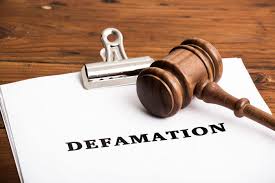



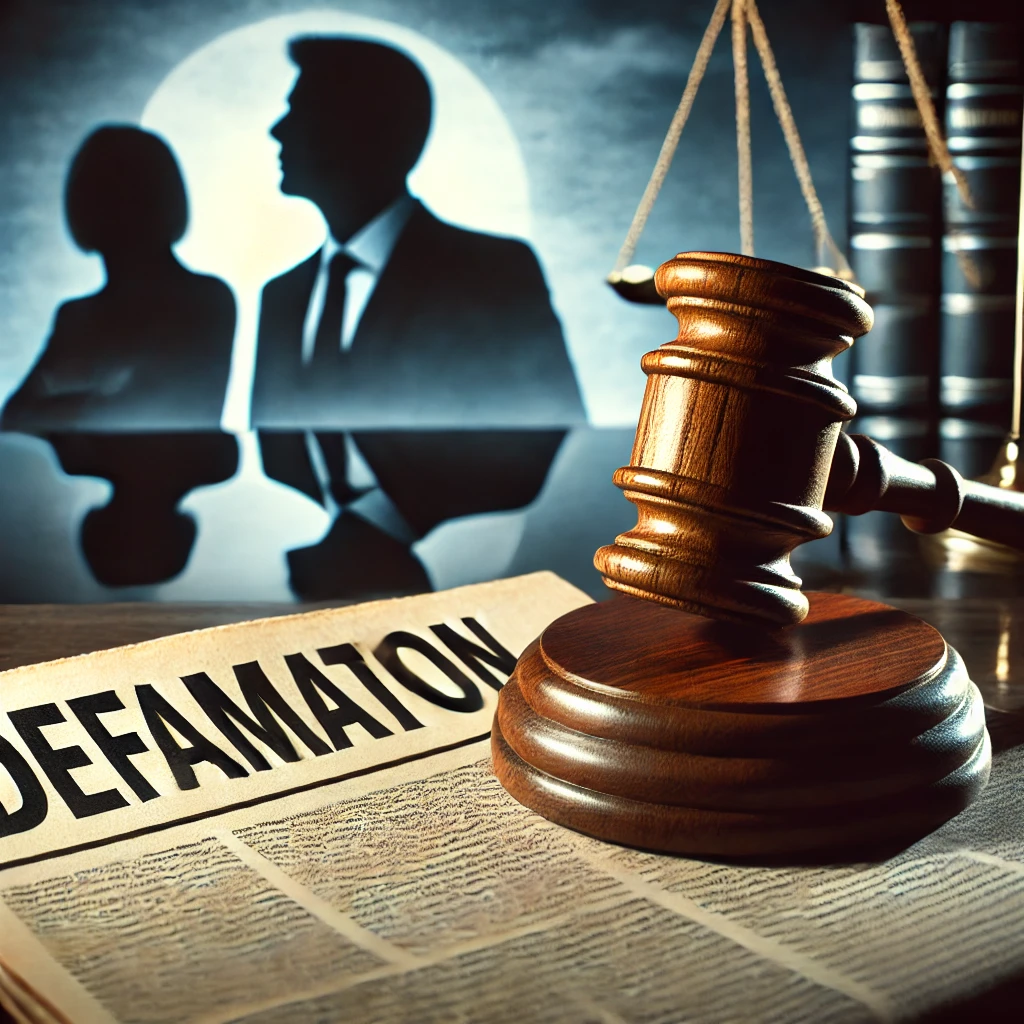
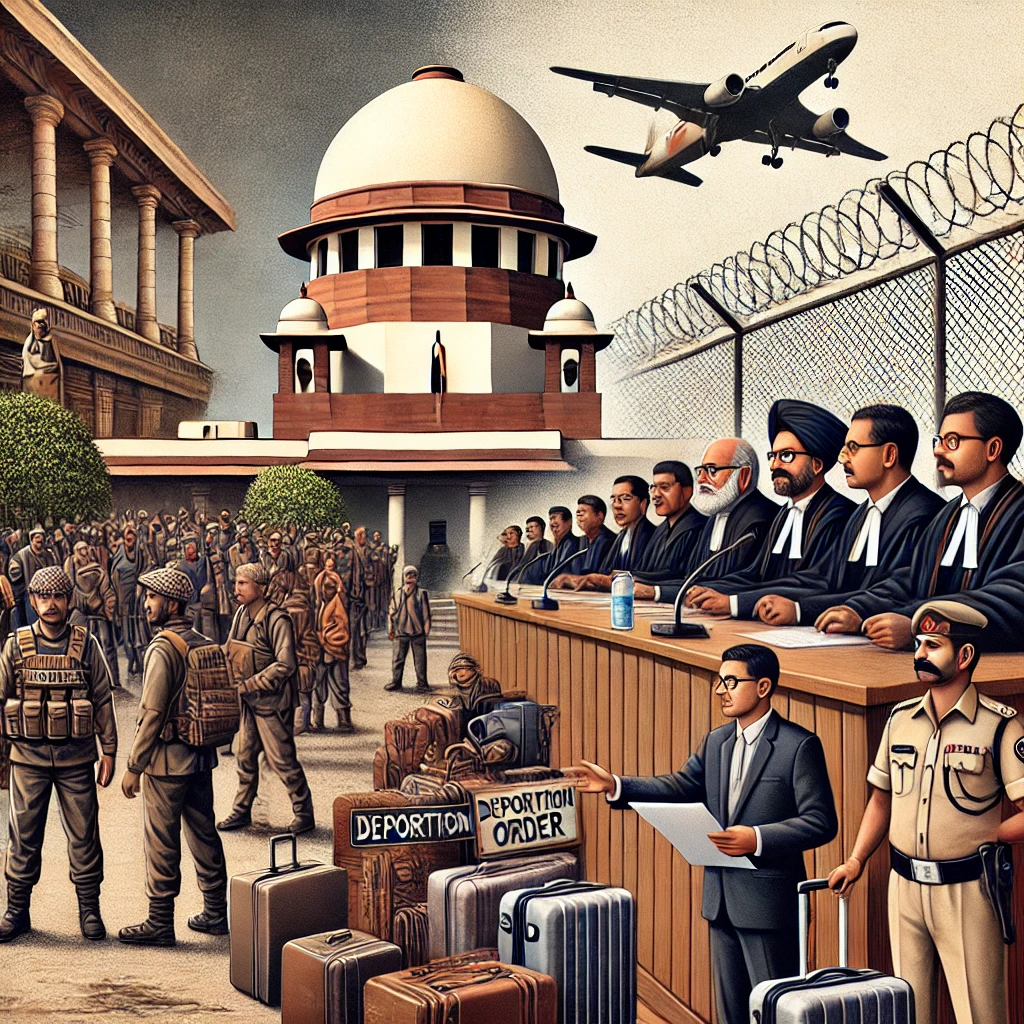









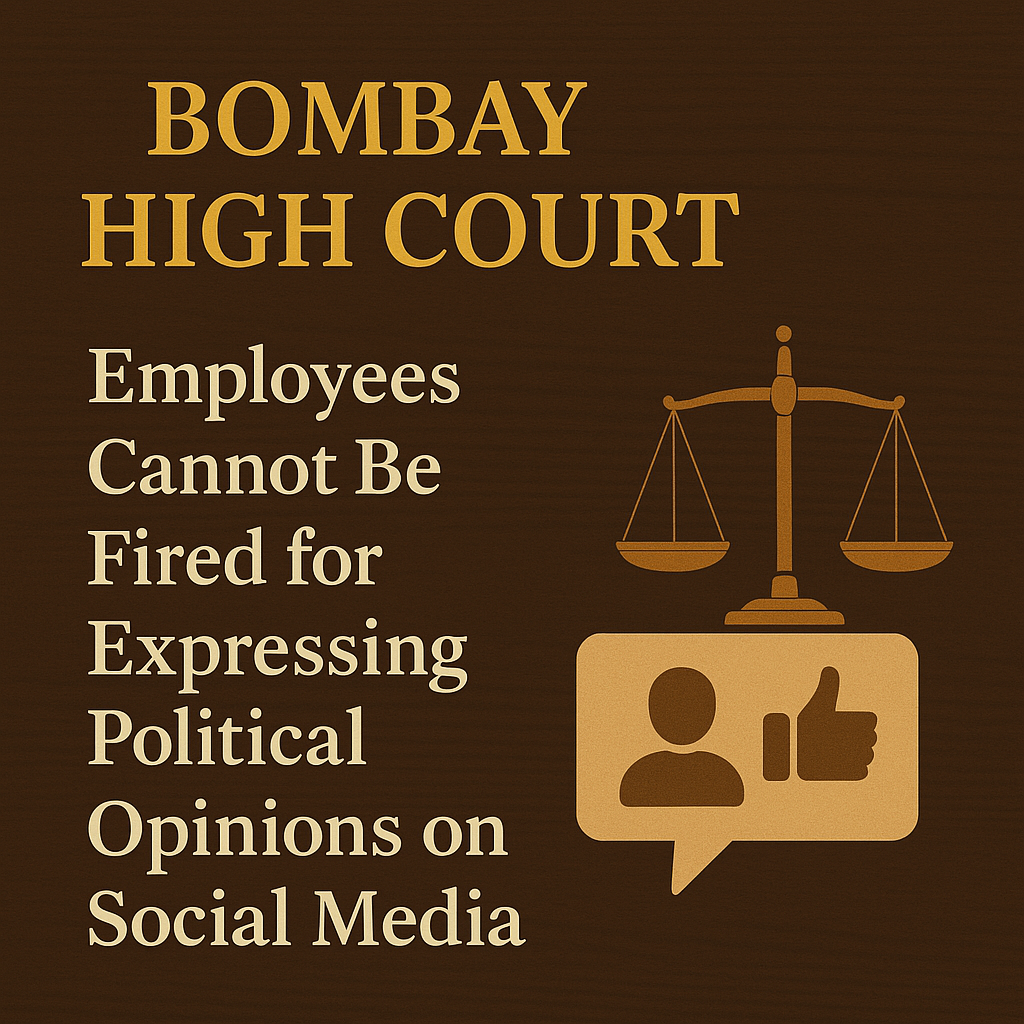



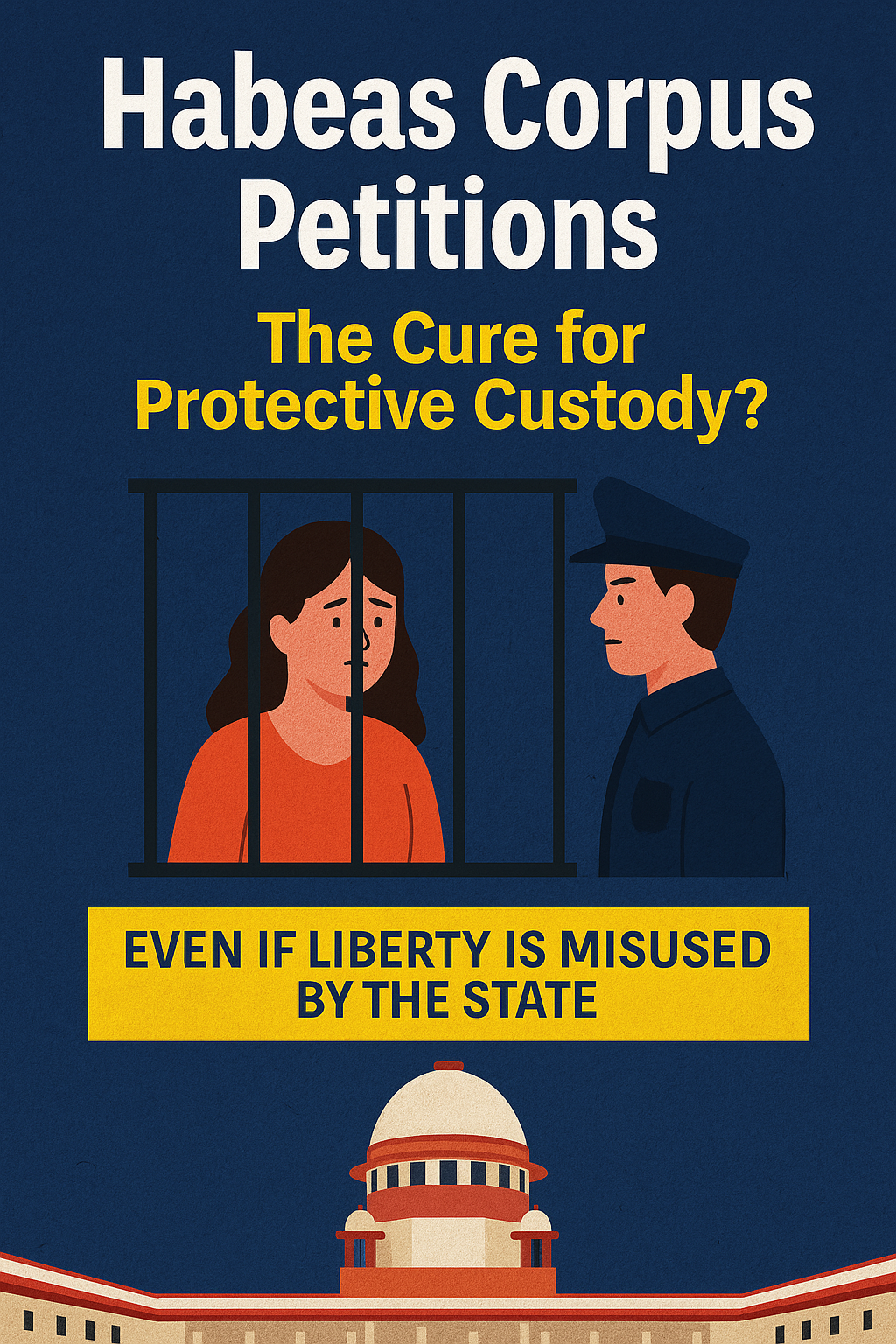
0 comments